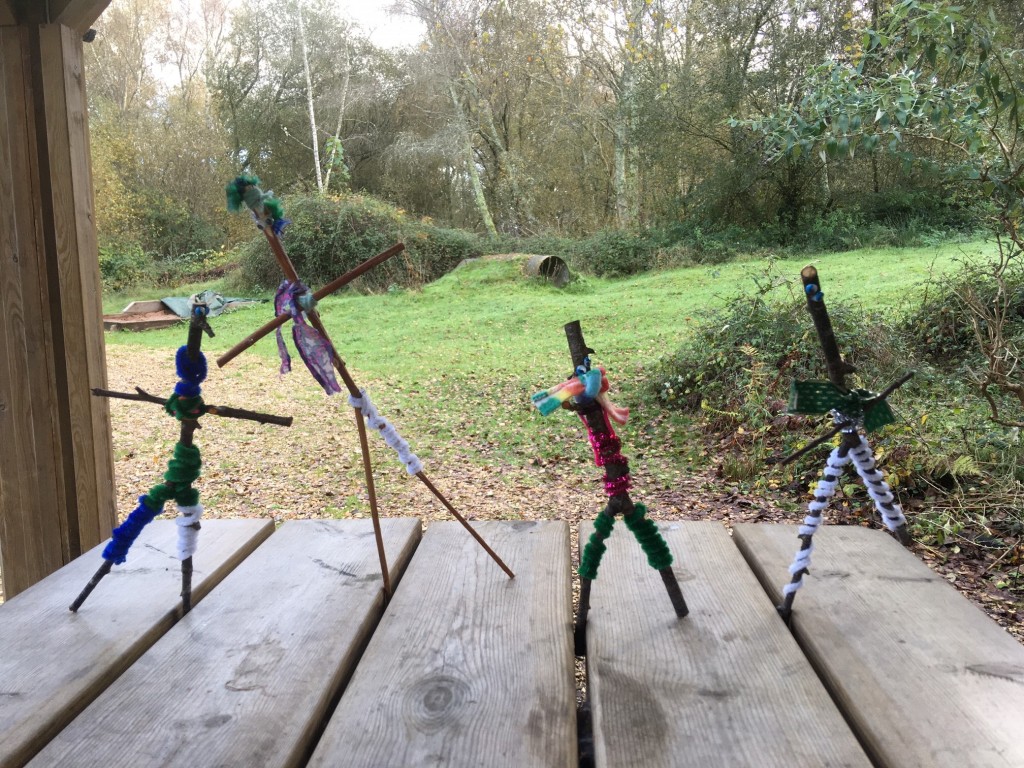It has been an interesting if mixed year for reptile sightings this year. We have seen
all our regular species of reptiles on the reserve – adders, grass snakes and slow
worms.


For adders the sightings were above our usual average. There were a number seen
early in the season, at the same time in a range of different locations. This often
indicates that there are a number of separate populations as they would be coming
out of their over-wintering sites, called hibernacula. It also indicates the possible
locations of the hibernacula. We think there are probably four different populations.
Sightings continued throughout the season although they varied in numbers as is
usually the case. As the days get longer and the temperatures get higher the adders
warm up and disperse earlier in the day – looking for partners and subsequently food. The
males usually look for females before they focus on their food!
For grass snakes it was different. Very few were seen early in the season when they
would normally be leaving their hibernaculum so identifying possible locations was
not possible. Although a limited number were seen through the remaining part of the
season there was a large number seen during August. Probably cooling down and
warming back up during the longer days and warmer temperatures of the late
summer. They would move around between water and land and take advantage of
good basking sites such as the stump in front of Ivy South Hide.

In terms of slow worms we didn’t see many but we did see some together. This year
the sightings were towards the later part of the season, August and September, and
they were hidden in a safe place under one of our tins.

We were fortunate to see adults and juveniles of both grass snakes and slow worms.
A good indicator of breeding populations. For the first time we didn’t see any juvenile
adders so we will need to keep an eye on that. We normally do see them and
historically have had good signs of breeding population of adders so hopefully this
was not an indicator of none present on the reserve.
One of our most unusual and exciting sightings was of snakes in the sand martin
wall. So, if you are visiting there look out, not just for the sand martins, but visiting
snakes!! We also saw a grass snake coming out of the water in front of Tern Hide,
up the shore and under the hide. You might be lucky there too. What with sightings
in front of Ivy South Hide, in the sand martin wall at Goosander hide and on the
shore in front of Tern hide you never know when you might be lucky!
Thank you from Blashford Lakes to the Reptile Survey Team and to anybody else who reported their opportunistic sightings for the team to record. and to Jacki for providing this write up for the blog.
A note from the Blashford Team:
Our central Comms Team have been busy making Blashford social media content available to those who don’t have Facebook. It’s wonderful to see so many people posting their photos to Facebook and sharing their visits, and we wanted to make sure everybody is able to access this. Please visit https://www.hiwwt.org.uk/nature-reserves/blashford-lakes-nature-reserve#updates and scroll down the page to see a feed that includes these posts. We’re really excited about this as we hope it will help keep everyone updated and engaged with what’s going on around the reserve from staff, volunteers and visitors.
We will soon be posting more content on the main HIWWT website blog, https://www.hiwwt.org.uk/blog/tag/blashford-lakes so that more people across Hampshire can see what we are doing at Blashford, and everyone can explore what is happening across other sites too. This blog will appear on there soon, along with a wonderful bird blog by Welcome Hut volunteer (and wonderful writer of our bird sightings board) Nicky, and then more regular updates from the staff team too!














